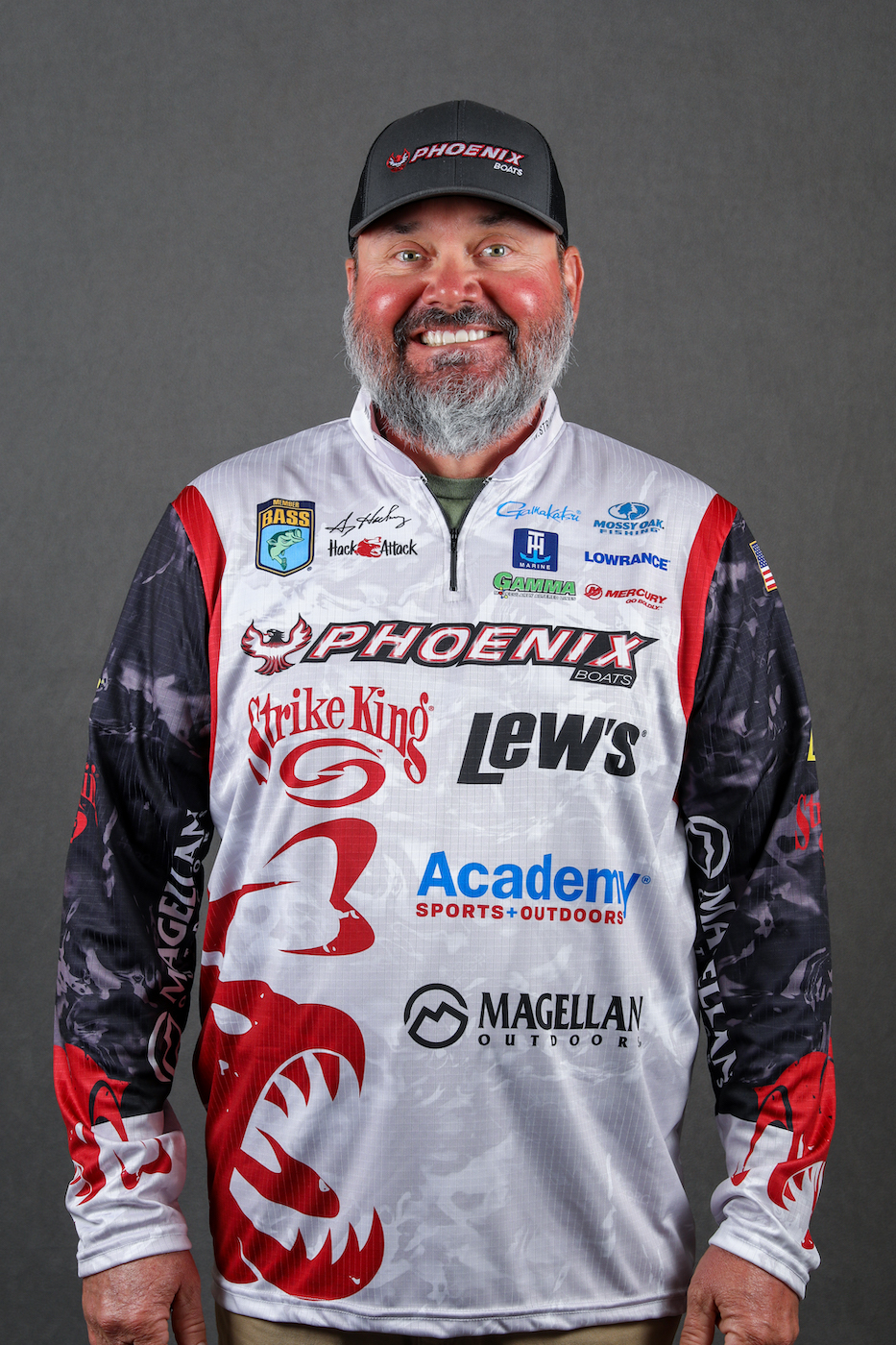
I hear a lot of anglers say their crankbaits don’t run as deep as the manufacturer says they’ll run. We all face that issue. Here are my thoughts on the subject. My reference for what I’m about to say is Strike King. That’s not because they’re the only maker of great crankbaits but because I’m the most familiar with them.
The first factor that affects running depth is line size. The thinner the line, the deeper the bait will run. As a practical matter you should think about fluorocarbon line in the 10 or 12-pound-test size. That’ll handle most situations and will give you a reasonable depth for most lures.
When you’re fishing with bigger baits like an 8 or 10XD — a 10XD is 6 inches long and weighs almost 2 ounces — you’ll need to go up to 14-pound-test. They’re heavy and create a lot of resistance. Lighter lines won’t hold up under than kind of use.
The next thing you need to consider is your reel. The faster your lure is moving, the deeper it’ll run. Gear ratios can be misleading. A 7.3:1 reel only works at that ratio when the spool is full. After a long cast or if your reel isn’t full it’s cranking at a much lower ratio.
The size of the spool matters, too. A 300 size spool will pick up a lot more line than a 200 size or a 100 size. Not all manufacturers size their spools that way, but you can look at a reel and compare it to other models before you buy it. This isn’t brain surgery. It’s common sense.
A third factor, and one that many anglers misunderstand, is that for a bait to reach its maximum running depth it must run true. Lots of times a lure that’s being brought back at a medium speed will look like it’s running perfectly straight. But, if you increase the speed to superfast you’ll find it’s running slightly to one side. That will affect depth, even when you can’t see the difference on a normal retrieve.
The final thing I want to mention is the length of your cast. The longer the cast, the deeper the bait will run. Most professional anglers can cast farther than most recreational anglers. That’s one reason our baits get deeper.
If you think about the things I’ve mentioned, you’ll realize that manufacturers aren’t misleading you when they estimate running depth. It’s just that most of us — that includes pros — don’t put everything together just right. We can overcome those shortcomings by doing a number of things.
The obvious is to pick a bait that will run a little deeper than what we need to reach the bottom. If we’re fishing water that’s 10 feet deep, we can pick a crankbait that’ll run 12 or 14 feet. That’ll get us down to the bottom even if we don’t have all our ducks in a row.
Another trick is to add a little weight to the lure by swapping out the hooks. Replace the factory ones with a bigger size with a shorter shank. That helps more than you’d think.
You can change lures, too, if depth is important enough to justify the money. We all know there are differences in identical looking wood crankbaits. That’s a given. I’ve got news for you — there are differences in identical looking plastic baits as well. Some will run deeper than others.
Another easy fix is to long line your lure. It’s no longer allowed in the Bass Elite Series, but so far as I know it’s not illegal anywhere and it certainly isn’t unethical. That technique will get a bait way down past anything the manufacturer says.
Under normal circumstances most crankbaits will run within 2 feet of what’s on the package. When you long line you can get that same bait down at least 50 percent deeper than what is on the box. I’d guess you can get something like a 10XD down to 30 or 35 feet.
The last thing I want to mention is tackle. If you’re concerned about running depth you must match your tackle to the task at hand. A medium action rod with a 100 size reel is great for a balsa crankbait. It won’t do the job, however, if you’re throwing a 5 or 6 XD, and it’s worthless with an 8 or 10XD. You need a heavy rod and a big reel to handle big, deep diving lures.
Think about these things the next time you’re trying to get a crankbait down to the bottom. They’ll help you avoid frustration and help you catch more bass.

